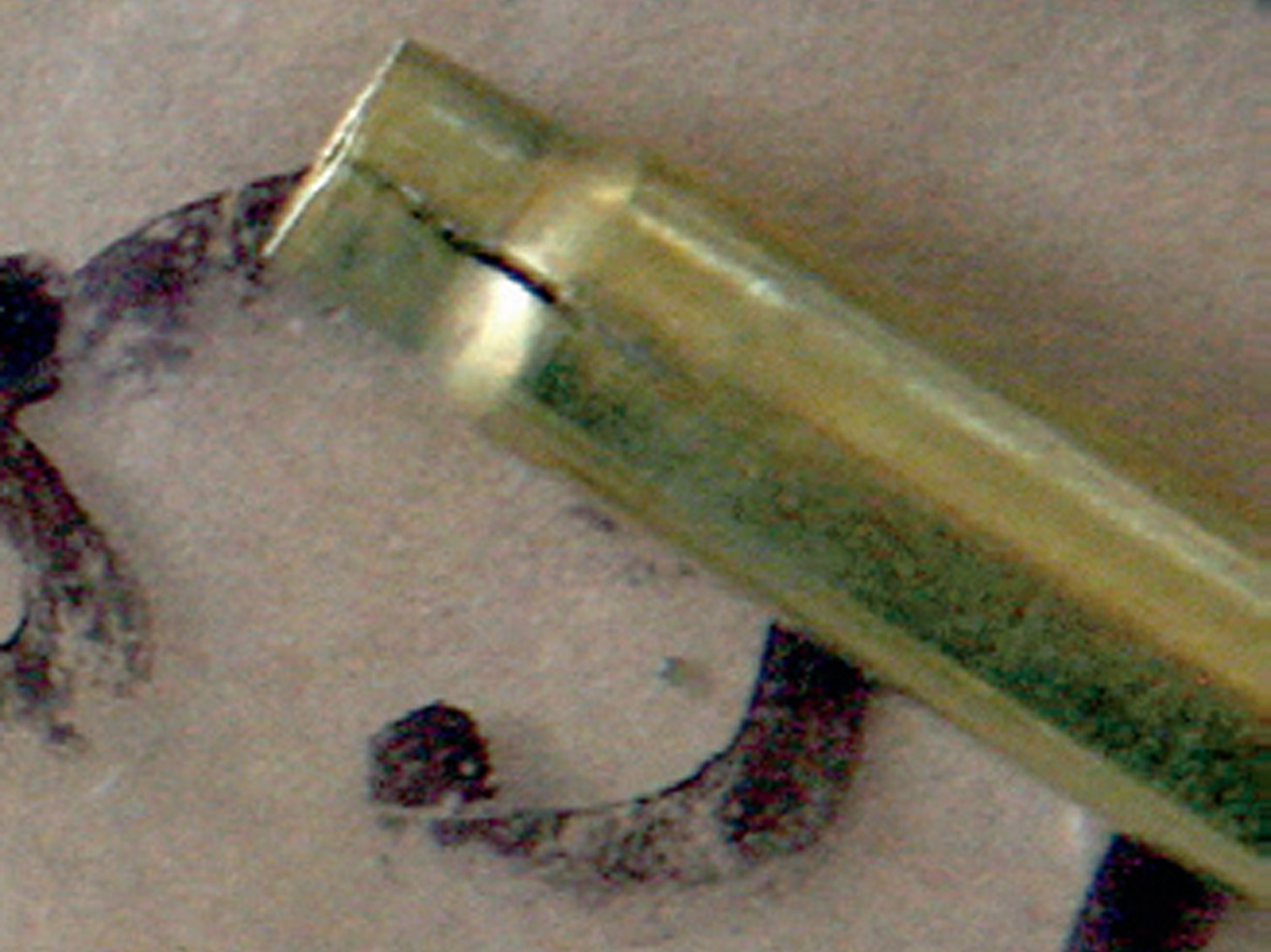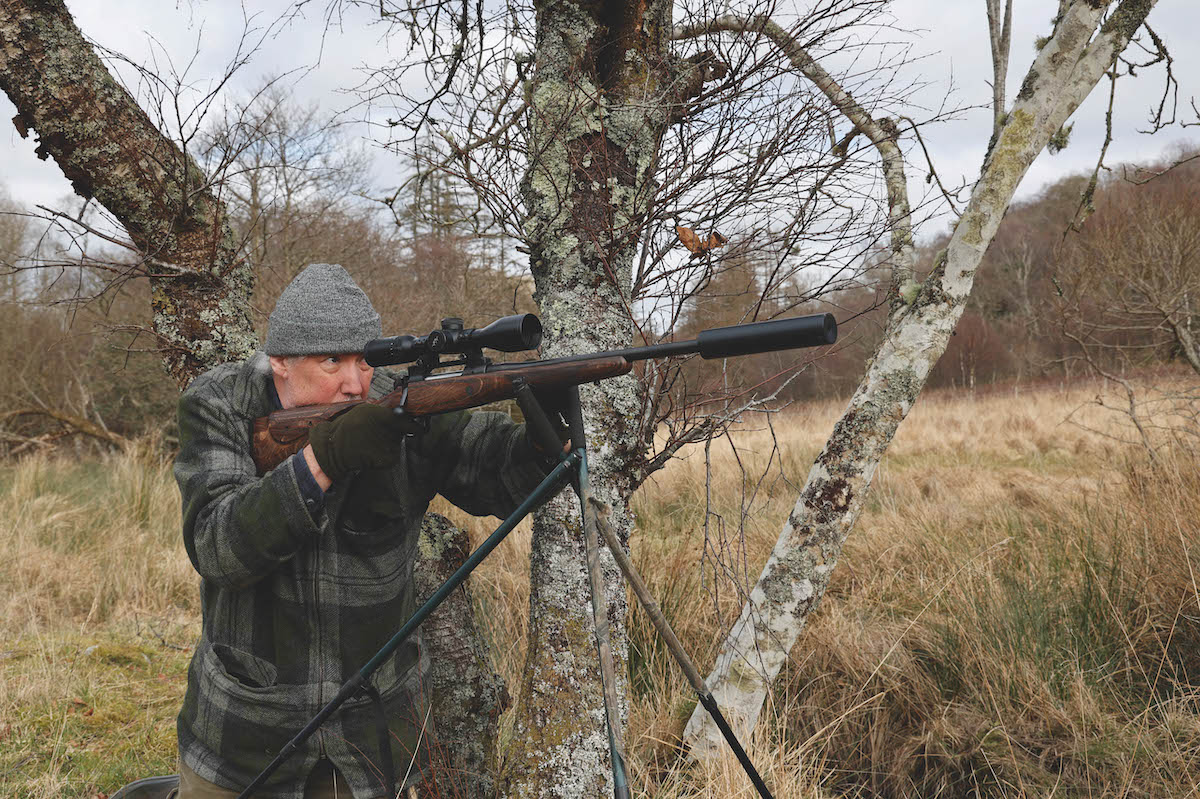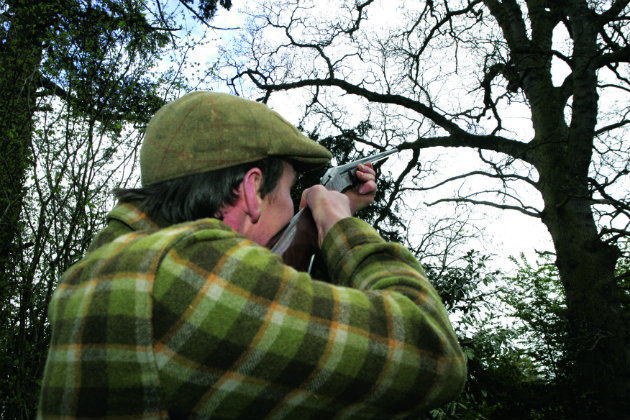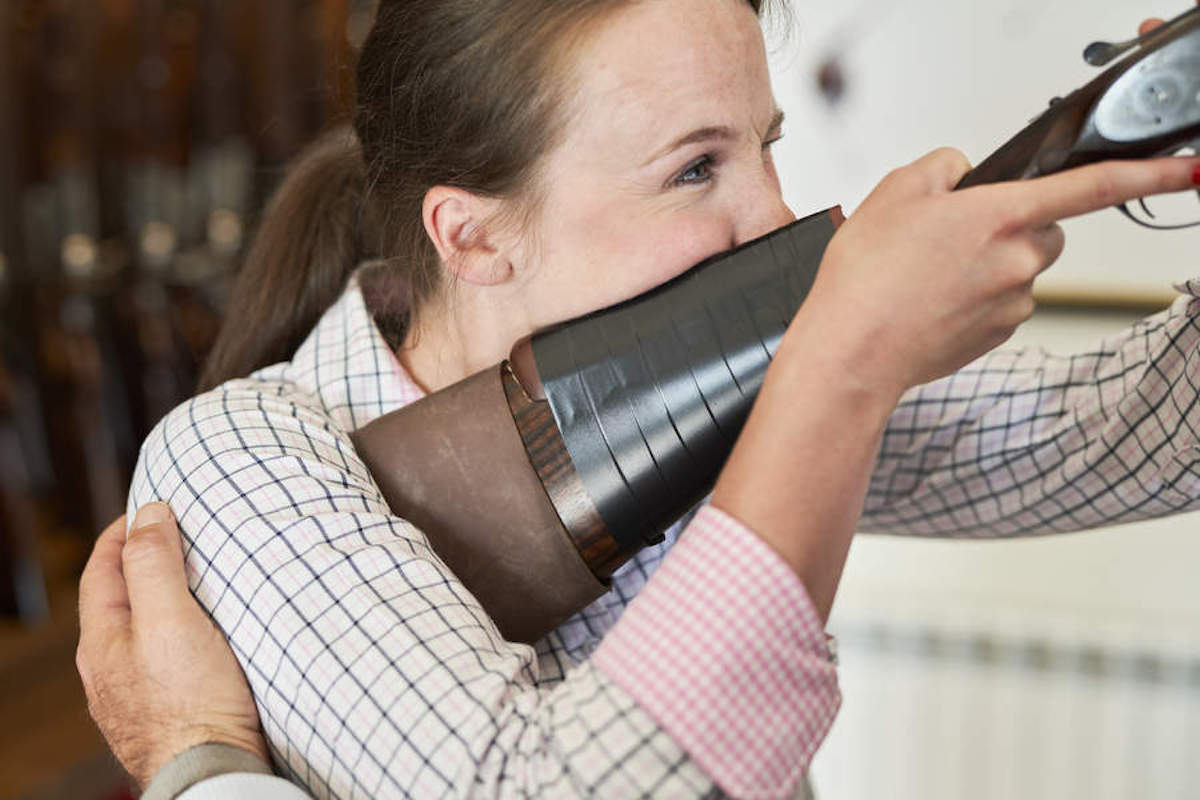Are these split rifle shells safe?

Please could you take a look at these .17HMR cartridge cases, five from Hornady and five from Remington. The Hornady are from my gun and the Remington’s were fired from my friend’s gun (both guns are CZ 452). Could you please tell me whether it’s safe to carry on using these batches of ammo? And have you found split cases in .17HMR before?
Stalking
GEORGE WALLACE says: As a reloader for more than 40 years, these are not, of course, the first split cases I have seen!
However, split necks on new factory ammunition are highly unusual and even more unlikely when they involve two totally different batches of ammunition, from different manufacturers, fired in different rifles.
The most important question is whether any more should be fired – most emphatically not!
Take them back to the dealer and ask him to contact the importer who will certainly ask for them to be returned for inspection and, hopefully, replaced.
In my experience there are only three possible causes of splits such as those on the fired cases sent in:
1. It’s possible to cause such damage by firing .17 Hornady Magnum Rimfire (HMR) ammo in a rifle chambered for the .22 Winchester Magnum Rimfire (WMR). However, it seems highly improbable that both Colin and his friend could have fired the offending ammo in the wrong calibre rifle. This could also happen if the .17 chamber were grossly oversize at the neck/shoulder, but if that were so the rifles should not have passed proof and it’s unthinkable that a manufacturer such as CZ, whose products are renowned for quality, could have made the same error twice.
2. The loaded ammo has been stored for a long time in unsuitable conditions, causing the brass to harden, lose its ductility and become brittle. In view of the reported supply situation, it seems most unlikely that any .17HMR ammo is stored anywhere for very long.
3. The original brass cases of those batches were too hard. Any excessive hardness (and in brass cartridge cases, ‘hard’ = ‘brittle’) would be compounded by the working of the brass, including necking down, during the loading process. This seems by far the most likely cause of the split necks in the sample cases.
I’ll get in touch with both Hornady and Remington and enquire gently whether there have been any other reports of split necks in these batch numbers.
Bob Palmer at Hornady, in an e-mailed reply to George’s enquiry:
CCI makes the cases for all the .17 HMR ammo and loads it for the different companies. When they make the cases they draw the case out to a .22mag case that has a straight wall. Then the priming compound is put in the rim of the case. The case is spun to put the primer evenly in the rim.
After the priming is complete the case mouth is reduced to the .17 calibre to hold the bullet. The reduction process, however, puts stress on the neck of the case. They obviously cannot anneal the neck of the case to relieve the stress because of the compound in the rim, so from time to time you will get a case that cracks. Some batches may produce more splits than others. The chamber pressure on .17 ammo is so low that it does not hurt the chamber on the rifle.
They have tried to anneal the cases more before it’s formed to .17, but this did not eliminate the cracks altogether. If the cracks were minor I would continue to use the ammo. The cracks do not affect the accuracy of the round and the brass is not reloadable.








